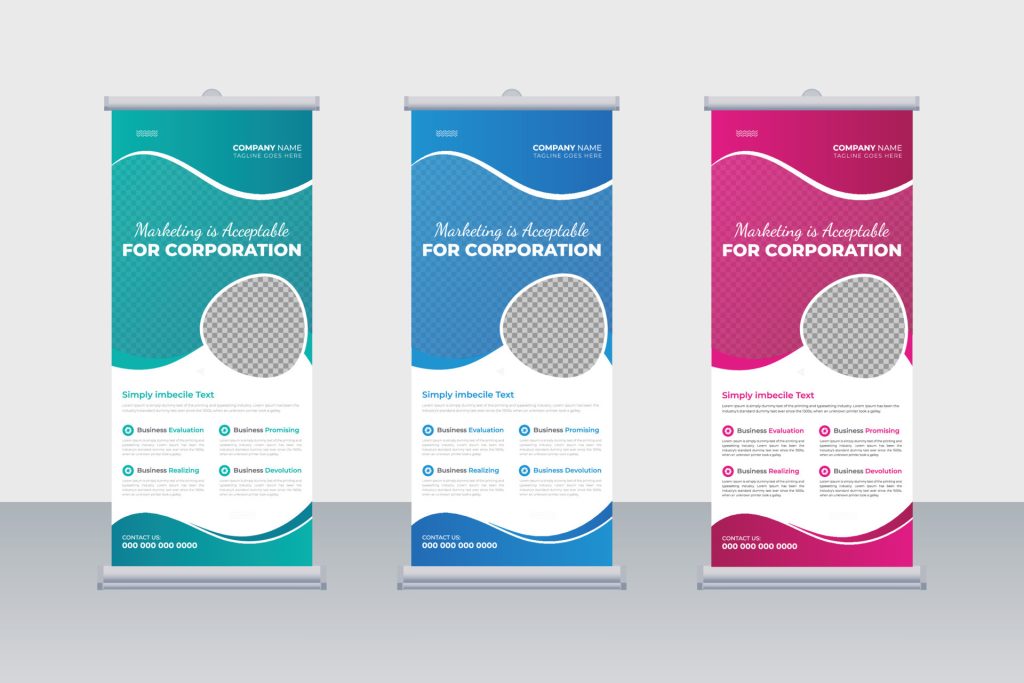Presentation Design In Malaysia
Creating an effective presentation involves more than just adding text to slides. It requires thoughtful design to engage your audience and effectively convey your message.
1. Define Your Message and Goal:
- Clearly understand the purpose of your presentation and the main message you want to convey. Your design should support this message.
2. Know Your Audience:
- Consider your audience’s background, interests, and expectations. Tailor your content and design to resonate with them.
3. Choose the Right Platform:
- Decide whether you’ll use presentation software like PowerPoint, Keynote, Google Slides, or opt for more dynamic tools like Prezi or online platforms like Canva.
4. Plan Your Content:
- Organize your content logically with a clear beginning, middle, and end. Use a story structure to engage your audience and make your message memorable.
5. Select a Consistent Design Theme:
- Choose a color scheme, typography, and overall design theme that reflects your brand or the topic of your presentation. Consistency is key for a professional look.
6. Use Visuals Wisely:
- Incorporate images, diagrams, and infographics to enhance your message. Visuals should complement and clarify your points, not overwhelm them.
7. Keep Slides Simple:
- Avoid cluttered slides with too much text. Use bullet points, short sentences, and visuals to convey your ideas. Follow the “6×6 rule” – no more than six bullet points with six words each.
8. Visual Hierarchy:
- Establish a clear visual hierarchy with headings, subheadings, and contrasting font styles. This helps guide the viewer’s attention.
9. Minimize Bullet Points:
- Use bullet points sparingly and emphasize key points. Consider using visuals, quotes, or numbers to make your content more engaging.
10. Use Consistent Transitions: – Implement consistent and subtle slide transitions to avoid distracting your audience.
11. Incorporate Interactive Elements: – Depending on your platform, add interactive elements like clickable links, buttons, or quizzes to engage your audience.
12. Rehearse and Time Management: – Practice your presentation to ensure it flows smoothly and stays within the allotted time. Rehearsing helps you become familiar with your content and reduces nervousness.
13. Audience Engagement: – Encourage audience engagement through questions, polls, or discussion points. Make the presentation interactive, if appropriate.
14. Test Your Equipment: – Before the actual presentation, test the equipment and technology you’ll be using, including projectors, microphones, and remote controls.
15. Handouts and Supplementary Materials: – Consider providing handouts or additional materials for your audience to reference after the presentation.
16. Design for Accessibility: – Ensure your presentation is accessible to all audiences. Use alt text for images, provide transcripts for audio content, and make text and visuals readable for those with disabilities.
17. Proofread and Edit: – Carefully proofread your presentation for grammar and spelling errors. Ensure consistency in design elements.
18. Backup Plan: – Have a backup plan in case of technical issues. It’s always a good idea to have a PDF or printout of your presentation as a backup.
19. Gather Feedback: – After your presentation, gather feedback from your audience to learn what worked well and what could be improved for future presentations.
Remember that a well-designed presentation enhances your message and makes it more impactful. Design choices should be deliberate, focused on clarity and audience engagement, and visually appealing.

